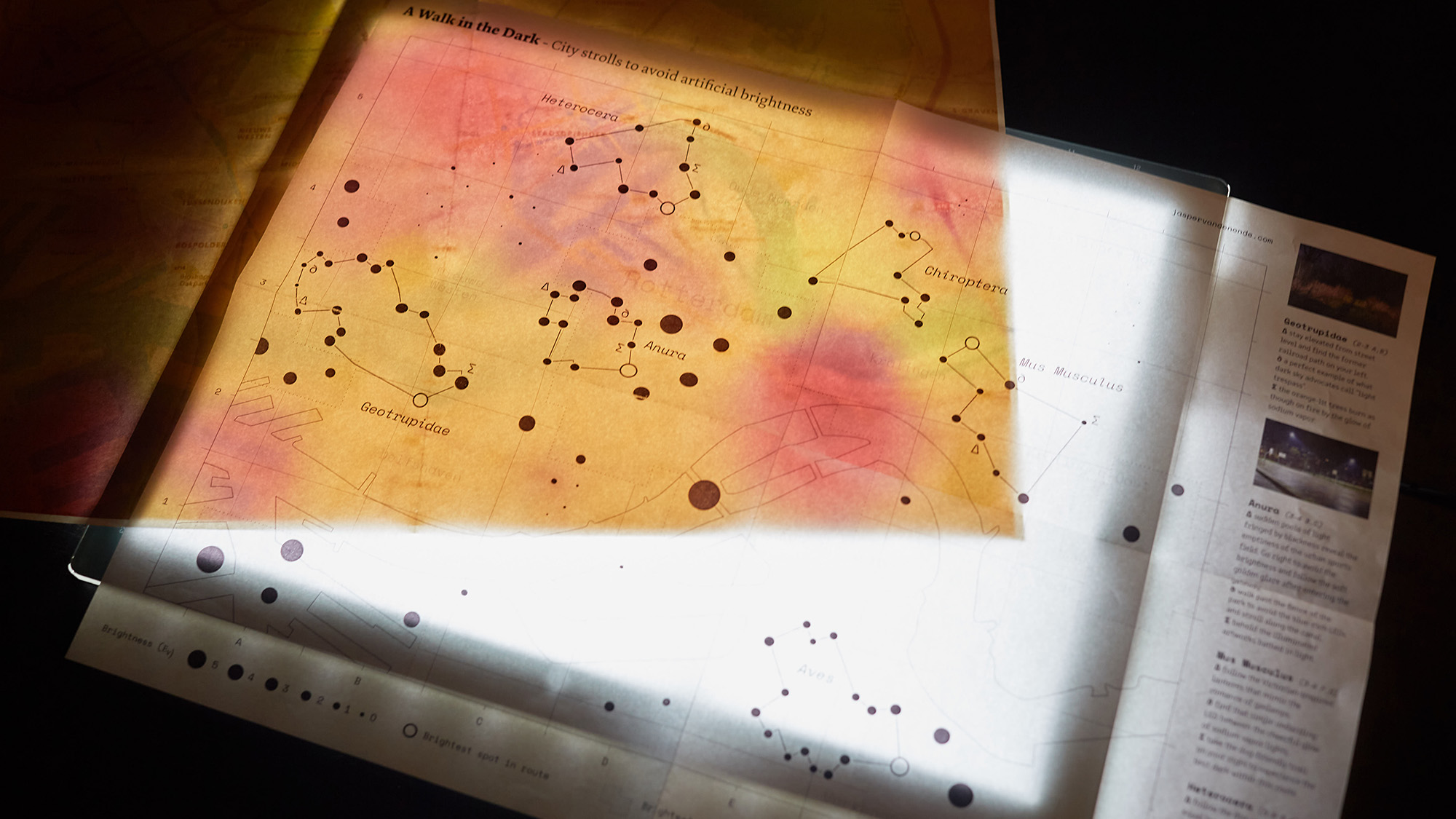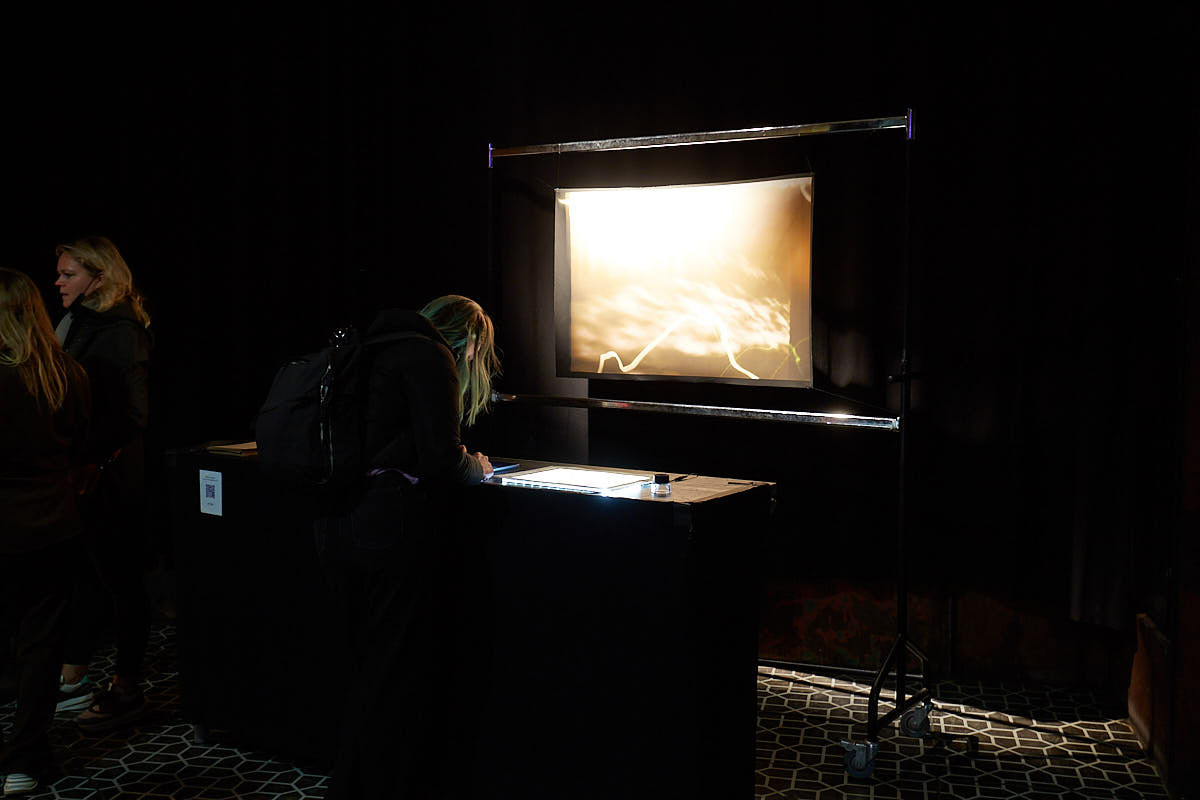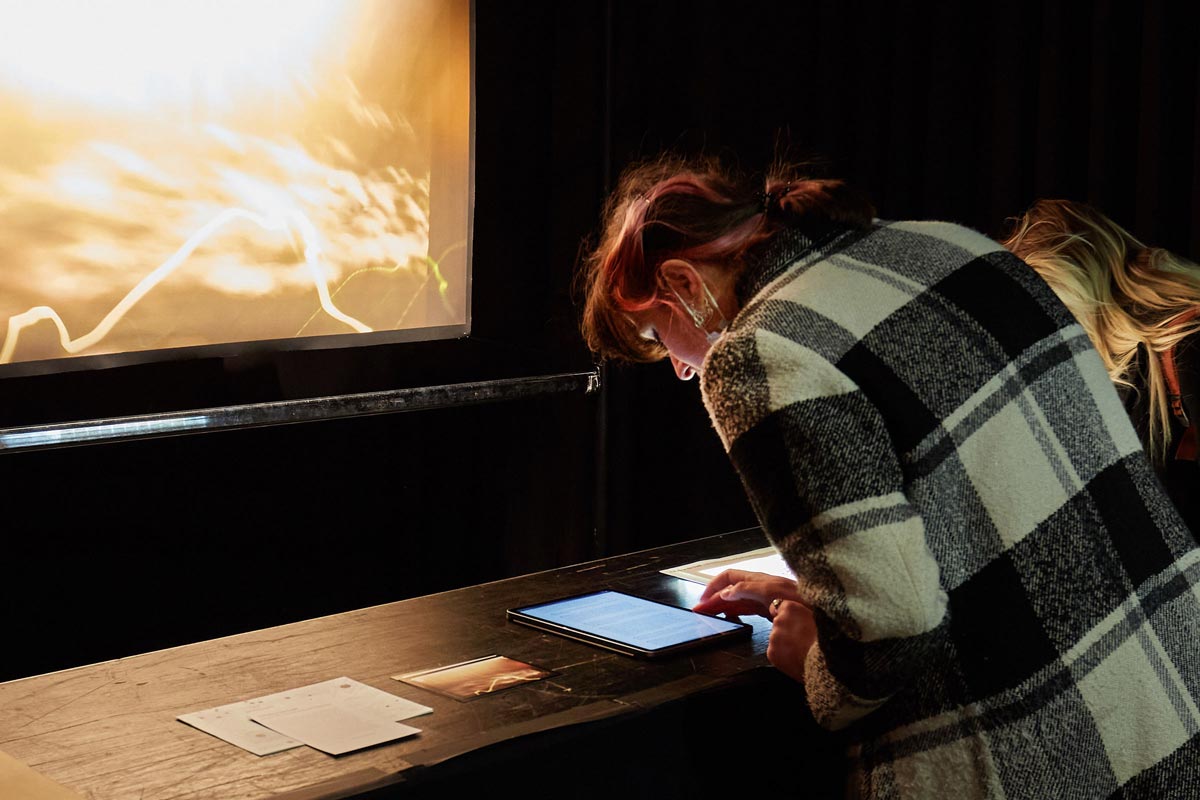JE While looking up at the night sky, I’m wondering how many stars play hide and seek beyond the diffuse luminance layers of light. It’s a clear night, but I can only count a handful of stars. An empty sky like this makes me think of how our civilisation has fallen out of touch with many aspects of nature.
I must confess, I think I’ve never seen the Milky Way in my life. But I’m pretty sure you have? If so, can you tell me what it’s like?
VS Yes, I’ve seen it many times in my life. It’s a truly magnificent experience to see this warped cloud of stars arching the Earth. But don’t worry, two out of three people living in industrialised areas have never experienced a sky so dark that the Milky Way casts diffuse shadows on the ground. I would even argue that people who never had the opportunity to see the Milky Way cannot have the deep connection to land and nature on which the whole conversation around conservation is based in this country.
JE What makes our use of artificial light nowadays so different than a few generations ago?
VS Nowadays it’s everywhere. We saturate the night with light and it affects even otherwise pristine sites that seem untouched by humans during the day. We’re altering Earth’s natural cycles with all these lights. But I think that the utilisation of artificial light itself is not the problem, it’s our misuse and overuse that causes light pollution.
We need to use the light responsibly and ensure that our lights only shine when and where we need them.
JE For me, the night has always been this dim. I only know ‘real’ natural darkness from travelling. Somehow, we have this natural disposition for bright days and dark nights. Do you think our bodies will ever adapt to our constantly lit environments?
VS Well, I believe that exposure to light at night is a completely unnatural and alien experience. Artificial light is disturbing the natural day and night pattern that we humans have had for at least 20,000 years. The bright nights are distorting our biological clock immensely. This clock is called the circadian rhythm and is regulating physiological processes such as telling the body when it is time to sleep or awake. I’m afraid that biological evolutionary processes can’t catch up with our technological developments. The truth is that nearly everybody living in industrialised countries is subject to the potential effects of electric lighting at night, including the creatures with whom we share the planet.
JE Next to the other, maybe more urgent challenges we are facing, it seems like there isn’t much attention to the harmful effects of artificial light. Do you agree? And why do you think that is so?
VS For many years nobody was worrying about light pollution. It is roughly since 2006 that ecologists began problematising this topic. As recent as 1980 medical belief held that humans were immune to any effects from electric lighting. New research suggests that we are far from being immune but instead highly sensitive. In fact, the World Health Organization considers working night shifts as a probable carcinogen, similarly dangerous as inhaling diesel fumes. The latest scientific results are linking numerous major diseases like obesity, depression, sleep disorders, and diabetes to excessive artificial lighting. And I think it’s true that the disruptiveness of 24/7 exposure to light is not considered regularly while looking into social or environmental issues yet. But luckily, scientists in various fields are publishing papers each year. The more evidence, the more action.
JE The town Zuidhoek-Nieuwkoop, where we first met, is a good example of putting scientific results into action by installing eco-friendly lights. I was intrigued that the bat species, which are populating the natural preserve in which the town is situated, perceive red light as darkness. Do you think this kind of innovative lighting solution that doesn’t affect the natural senses and rhythms can be applied in metropolitan areas too? What kind of light might be suitable?
VS Well, if you look to the left at those yellow monochromatic light fixtures next to the canal, you see the same principle working as in the eco-friendly lights of Zuidhoek-Nieuwkoop. The LED-lights are programmed to emit red wavelengths only, providing just enough illumination for residents, helping to make the roads and pavements safer. In cities like Rotterdam, this type of light would be less useful. Light with a strong red component is causing high contrasts and decreasing visibility. The alternative might be amber-coloured light, which has a narrow bandwidth like the yellow sodium lamps. But unfortunately, Rotterdam is changing all its public lights to white and bright LEDs.
JE Why don’t we keep the sodium lamps with their quality of emitting only a part of the spectrum?
VS The lifespan of LEDs is way longer and they’re more energy and cost-efficient than the gas-discharge lamps. Rotterdam, and other cities, are rushing to be carbon neutral without being aware of the implications on the experience of the night and the nocturnal environment.
JE So, the future of our nights will be bright?
VS And blue, the bright LEDs emit hazardous blue light. The wavelength that suppresses melatonin most. Our eyes contain separate cells called ‘photosensitive retinal ganglion’ that tell the body whether it’s day or night. The morning sun consists of lots of blue, evolution teaches us to be awake when blue-rich light is absorbed by the eye. Night natural lighting levels governed by natural celestial sources, mainly the moon, the stars, and the Milky Way, are not coming close to the intensity of the wide spectrum of LEDs. The transition to blue-rich LED light is something that will gradually happen and probably go unnoticed, but LED will most likely be the light source of the future.
JE What about satellite-based imagery provided by VIIRS (Visible Infrared Imaging Radiometer Suite), will these pictures of nighttime emissions record the changes?
VS When you talk about remote sensing devices like the VIIRS, note that the instrument that collects imagery isn’t especially sensitive to the blue light emitted by white LED street lighting.
So, cities that have made the switch to LED appear to have become darker in recent years, although they probably did not. With our growing population, our cities will expand and with the obsession for artificial light, our living environments will get brighter. Outdoor lighting with significant blue light content doesn’t only present threats to ecology and human health, but is also more likely to contribute to light pollution. Because blue radiation scatters more through our atmosphere than the light of other wavelengths, it has a much greater geographic reach and will even cross the outer lines of earth’s atmosphere. But Jasper, tell me, from your artistic point of view, what do you think about these LED lights?
JE Fair enough, if light at night is already alienating like you’ve mentioned earlier, I would say: LED is somehow alien to itself, to its species. There is something deeply otherworldly about how these bright beams of electric diodes chalks out white circles on the pavement. It highlights the ‘artificialness’ of artificial light that adds an extra dimension to the night. Where incandescent light sources praise the shadows of the night, the sharp-edged light of LEDs abolishes any space for imagination.
VS Nicely put, you should write a poem. No seriously, jokes aside, I agree there’s something strange about the appearance of these lights and while lighting companies sell their LED products as ‘calmer to the eye’, they probably don’t consider how it affects our mood. And I believe influencing emotions is an important factor in the function of light.
JE I wonder what would happen if a power outage caused the night to be dark again, like real natural darkness, and not a dim grey-washed sky. Do you think we would find our way through the night?
VS I would say that our eyes don’t have a problem with darkness. It’s the metaphorical darkness we’re having a problem with. The dominant metaphor in the West is that light is good and darkness is bad. I’m not sure how an event like a power outage would impact society but it’s clear that artificial light is providing security and without this illusion of safety we would fear the nights probably even more. But, we might also find liberation and connect with the mystery of being in the darkness. Experiencing the deep truth of things, and ourselves.
JE We’ve created this prison of safety on which we now depend so much, like on many other commodities. But sometimes, I wonder, what could we have done differently?
VS Honestly, I don’t know. We’re somehow imprisoned in a world that is a product of our time. Recently, I’ve read about a Chilean concentration camp somewhere in the 70s, called Chacabuco. One of the prisoners declared: “by communicating with the stars I managed to preserve my inner freedom”. This made me think of the freedom we are experiencing due to the invention of electrical light. A paradox, because at what cost do we lock out the darkness? We need the day as much as we need the night. The dark is as much part of us, as light is. I think we must face the ‘darkness’ in this 24/7 illuminated world to make it safer for us and all the beautiful creatures with whom we share the planet.





